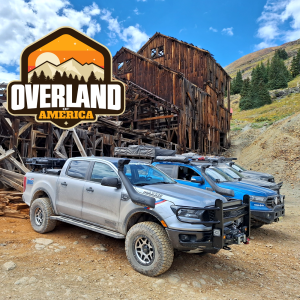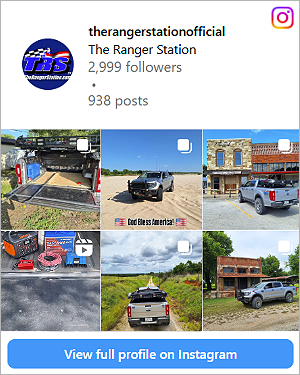- Joined
- Mar 26, 2018
- Messages
- 781
- City
- Brighton, CO
- Vehicle Year
- 2002
- Engine
- 3.0 V6
- Transmission
- Automatic
- My credo
- Friend of Bill W.
So I did the Mustang rear disc brake conversion on my '02 Ranger 4WD XLT which I love. However, now working a brake issue with my '75 Ranchero, I'm wondering if the Ranger master cylinder and proportioning valve should have been changed out as well? For the Ranchero at least, the master cylinder and proportioning valves need to be changed out when upgrading the rear drum brakes with Lincoln Continental Mark IV disc brakes.













